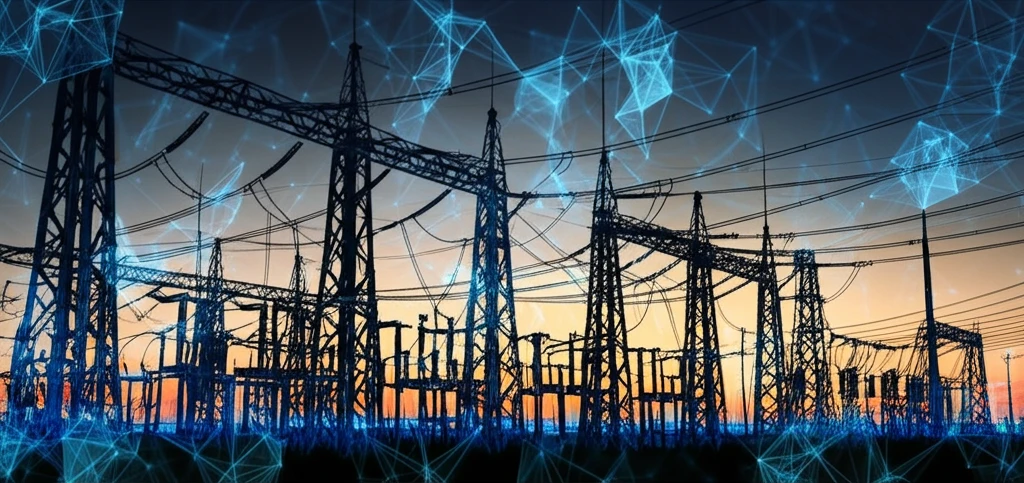
Seeing the Unseen: How AI is Revolutionizing Power Grid Maintenance
"AI-powered image registration is enhancing the safety and efficiency of power grids by merging visible and infrared imagery."
Imagine trying to diagnose a problem with a complex piece of machinery using only your eyes. Now, imagine if you could also 'see' its temperature, stress points, and hidden components. That's the power of combining visible and infrared imaging, a technique that's rapidly changing how we maintain critical infrastructure like power grids. The State Grid Corporation of China (SGCC), like many power companies worldwide, relies on a vast network of cameras to monitor its infrastructure. These cameras capture a wealth of multi-modality images—optical, infrared, and ultraviolet—to detect anomalies in equipment and ensure worker safety.
Finding abnormalities often hinges on detecting temperature variations, but pinpointing the precise location of these hotspots in infrared images can be challenging. Combining visible light images with infrared images creates a fused image, providing much more information than either source alone. This fused image offers a comprehensive view, making it easier to identify potential problems. This technology is like giving doctors X-ray vision, allowing technicians to identify problems before they cause major disruptions.
This is where artificial intelligence steps in to solve one of the trickiest parts: image registration. Think of image registration as perfectly aligning two slightly different photos so you can compare them. In this case, it means precisely aligning the visible and infrared images, which is complicated by differences in camera angle, focal distance, and the way objects appear in different types of images. Traditional methods often fall short, but a new coarse-to-fine approach powered by AI is proving to be a game-changer.
The AI Advantage: Coarse-to-Fine Image Registration

Researchers have developed a novel method that mimics how the human eye focuses – starting with a broad overview and then zooming in for detail. This “coarse-to-fine” approach addresses the challenges of multi-modality image registration in power grids. The AI first identifies key feature points in both the visible and infrared images, using its learned 'experience' to recognize relevant patterns. Then, it employs a similarity geometric transformation model to roughly align the images. Finally, a fine-grained model corrects any remaining deviations, resulting in a highly accurate composite image.
- Enhanced Accuracy: Combines coarse and fine adjustments for precise alignment.
- Improved Efficiency: Automates a traditionally manual and time-consuming process.
- Better Insights: Fuses visual and thermal data for comprehensive equipment assessment.
- Increased Safety: Enables early detection of potential hazards.
The Future is Clear: AI-Enhanced Power Grids
The application of AI to power grid maintenance is just the beginning. As AI algorithms continue to evolve and datasets grow, we can expect even more sophisticated solutions for monitoring and managing critical infrastructure. This translates to greater reliability, improved safety, and a more sustainable energy future. AI is not just making our power grids smarter; it's making them safer and more resilient for everyone.
